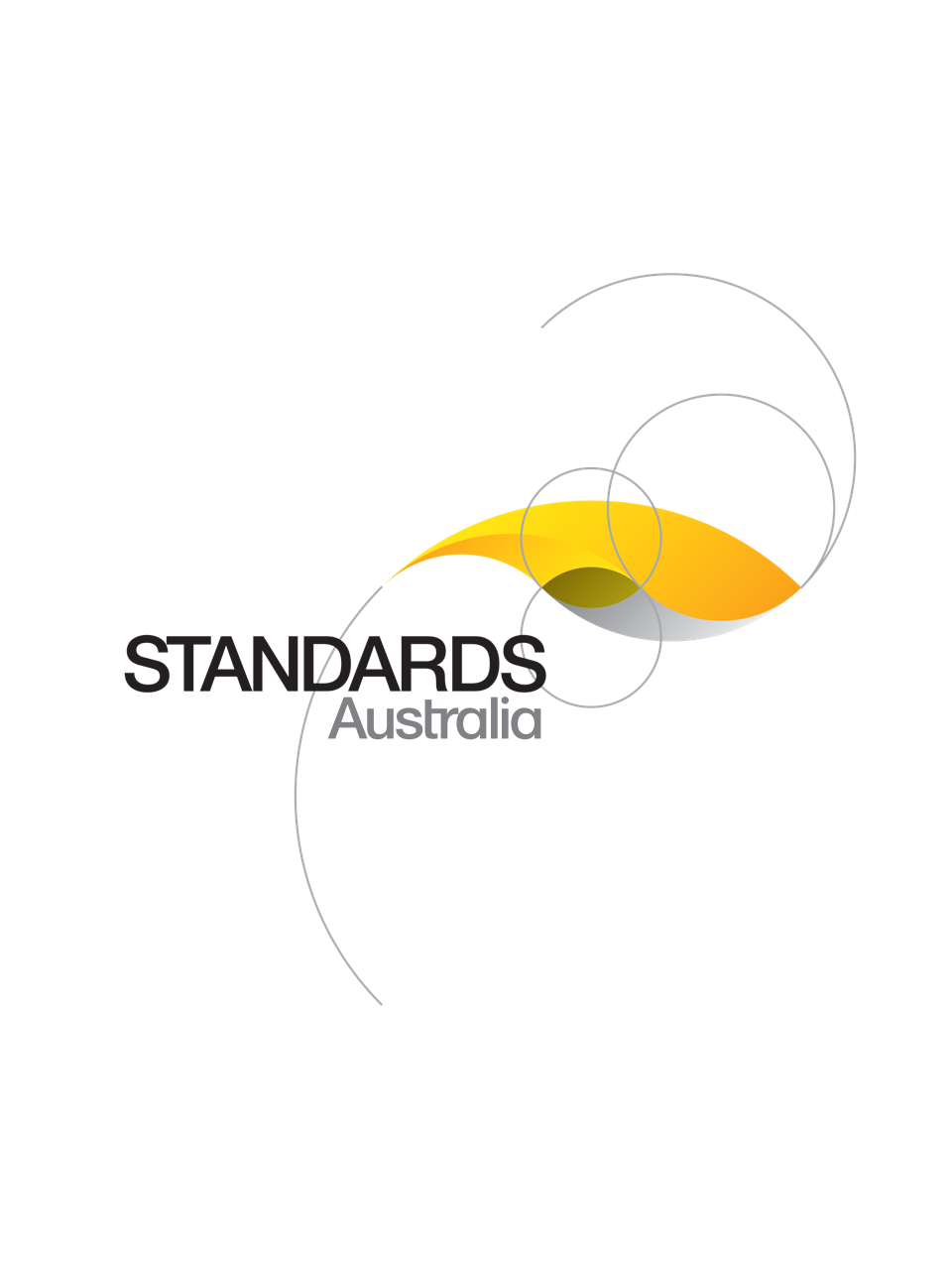Standard
Track updates
AS 19880.3:2020
[Current]Gaseous hydrogen — Fuelling stations, Part 3: Valves (ISO 19880-3:2018, MOD)
This document adopts ISO 19880-3:2018 with modifications for Australia, which.provides the requirements and test methods for the safety performance of high pressure gas valves that are used in gaseous hydrogen stations of up to the H70 designation.This document covers the following gas valves:(a) Check valve.(b) Excess flow valve.(c) Flow control valve.(d) Hose breakaway device.(e) Manual valve.(f) Pressure safety valve.(g) Shut-off valve.
Published: 29/05/2020
Pages: 31
Table of contents
Cited references
Content history
Table of contents
Header
About this publication
Preface
Foreword
Introduction
1 Scope
2 Normative references
3 Terms and definitions
4 General requirements
4.1 General
4.2 Intended use
4.3 Material requirements
4.4 Product quality
5 General test methods
5.1 General
5.2 Test conditions
5.2.1 Test sample
5.2.2 Pressure
5.2.3 Normal test temperature
5.2.4 Specified test temperature
5.2.5 Test media
5.2.6 Test sequence
5.3 Hydrogen gas pressure cycle test
5.3.1 General
5.3.2 Test method
5.4 Leakage
5.4.1 General
5.4.2 External leakage test
5.4.3 Internal leakage test
5.5 Worst case fault pressure cycle test
5.6 Proof pressure test
5.7 Hydrostatic strength test
5.7.1 Test pressure
5.7.2 Test method
5.8 Excess torque resistance test
5.9 Bending moment test
5.10 Non-metallic materials test
5.10.1 General
5.10.2 Test method
5.11 Cold gas in warm valve test
6 Check valves
6.1 Applicability
6.2 Hydrogen gas pressure cycle test
6.3 External leakage test
6.4 Internal leakage test
6.5 Worst case fault pressure cycle test
6.6 Proof pressure test
6.7 Hydrostatic strength test
6.8 Excess torque resistance test
6.9 Bending moment test
6.10 Non-metallic material test
7 Excess flow valves
7.1 General
7.2 Tests
7.2.1 Classification
7.2.2 Applicability
7.2.3 Hydrogen gas pressure cycle test
7.2.4 External leakage test
7.2.5 Internal leakage test
7.2.6 Worst case fault pressure test
7.2.7 Proof pressure test
7.2.8 Hydrostatic strength test
7.2.9 Excess torque resistance test
7.2.10 Bending moment test
7.2.11 Non-metallic material test
7.2.12 Operation cycle test
7.2.13 Operation test
7.2.14 Pressure impulse test
8 Flow control valves
8.1 General
8.2 Tests
8.2.1 Applicability
8.2.2 Hydrogen gas pressure cycle test
8.2.3 External leakage test
8.2.4 Worst case fault pressure test
8.2.5 Proof pressure test
8.2.6 Hydrostatic strength test
8.2.7 Excess torque resistance test
8.2.8 Bending moment test
8.2.9 Non-metallic material test
8.2.10 Operation test under full pressure load
9 Hose breakaway devices
9.1 Specific design requirements
9.1.1 General
9.1.2 Electrical conductivity
9.1.3 Containment of/controlled relieving of hydrogen when uncoupled
9.1.4 Separation
9.2 Tests
9.2.1 Applicability
9.2.2 Hydrogen gas pressure cycle test
9.2.3 External leakage test
9.2.3.1 General
9.2.3.2 Test method
9.2.4 Worst case fault pressure test
9.2.5 Proof pressure test
9.2.6 Hydrostatic strength test
9.2.6.1 General
9.2.6.2 Test method (coupled):
9.2.6.3 Test method (uncoupled):
9.2.7 Excess torque resistance test
9.2.8 Bending moment test
9.2.9 Non-metallic material test
9.2.10 Separation test
9.2.10.1 General
9.2.10.2 Test method
9.2.11 Impact test (Applicable to rigid-mount devices)
9.2.11.1 General
9.2.11.2 Test method
9.2.12 Drop test
9.2.12.1 General
9.2.12.2 Test method
9.2.13 Twisting test
9.2.13.1 General
9.2.13.2 Test method
9.2.14 Cold gas in warm valve test
10 Manual valves
10.1 Construction and assembly
10.2 Tests
10.2.1 Applicability
10.2.2 Hydrogen gas pressure cycle test
10.2.3 External leakage test
10.2.4 Internal leakage test
10.2.5 Worst case fault pressure test
10.2.6 Proof pressure test
10.2.7 Hydrostatic strength test
10.2.8 Excess torque resistance test
10.2.9 Bending moment test
10.2.10 Non-metallic material test
10.2.11 Maximum flow shut-off test
10.2.11.1 General
10.2.11.2 Test method
10.2.12 Operation test
10.2.13 Excess torque operation test
11 Pressure safety valves (PSV)
11.1 Applicability
11.2 Hydrogen gas pressure cycle test
11.3 PSV leakage tests
11.3.1 External leakage test
11.3.2 Seat leakage test
11.4 Worst case fault pressure test
11.5 Proof pressure test
11.6 Hydrostatic strength test
11.7 Excess torque resistance test
11.8 Bending moment test
11.9 Non-metallic material test
11.10 Operation test
12 Shut-off valves
12.1 Classification
12.2 Construction and assembly
12.3 Tests
12.3.1 Applicability
12.3.2 Hydrogen gas pressure cycle test
12.3.2.1 General
12.3.2.2 Test method
12.3.3 External leakage test
12.3.4 Internal leakage test
12.3.5 Worst case fault pressure test
12.3.6 Proof pressure test
12.3.7 Hydrostatic strength test
12.3.8 Excess torque resistance test
12.3.9 Bending moment test
12.3.10 Non-metallic material test
12.3.11 Operation test under full pressure load
12.3.12 Maximum flow shut-off test
12.3.12.1 General
12.3.12.2 Test method
12.3.13 Cold gas in warm valve test
13 Marking
13.1 Marking information
13.2 Marking method
14 Component literature
Bibliography
Appendix ZZ
ZZ.1 Scope
ZZ.2 Variations
Cited references in this standard
